- Multiple means of representation: Provide multiple ways for students to access and understand information and concepts, including through different modalities (e.g., visual, auditory, kinesthetic) and media (e.g., text, images, video).
- Multiple means of expression: Provide multiple ways for students to demonstrate their learning and express their ideas, including through different media (e.g., written, oral, visual) and formats (e.g., individual, group, online).
- Multiple means of engagement: Provide multiple ways for students to engage with the material, including through different activities (e.g., discussions, hands-on projects) and learning environments (e.g., in-person, online).
I first heard the concept of UDL introduced at a meeting where Goalbook was shared as a tool that was available to teachers to use in designing instruction to meet students' Individual Education Plans. The term UDL was thrown out a lot in that meeting, but I had no idea what it stood for or why it was important to understand when designing instruction.
UDL can benefit all students in a classroom, not just those with disabilities. By providing multiple ways for students to access, express, and engage with material, UDL can create a more diverse and flexible learning environment. An environment that caters to each student's unique strengths and needs. For example, if a teacher provides multiple means of representation for a lesson on World War II, some students may prefer to learn through reading a text, while others may prefer to watch a video or listen to a lecture. Providing some options such as extended time without an IEP in place is a sticking point in some classrooms. UDL pushes home the point that what's good for one can be good for all. This may be the biggest hurdle for us to cross in traditional classrooms.
By offering a range of options, the teacher can meet the needs of each student and help them better understand the material. Similarly, by providing multiple means of expression, teachers can give students more choice in how they demonstrate their learning. Some students may prefer to write an essay, while others may prefer to create a presentation or a video. By offering these options, teachers can allow students to showcase their learning in a way that is most comfortable and effective for them.
I am curious how a focus on UDL can influence instructional design when we are utilizing our Learning Management Systems. I am reading UDL and Blended Learning; Thriving in Flexible Learning Landscapes by Katie Novak and Catlin Tucker to learn more!
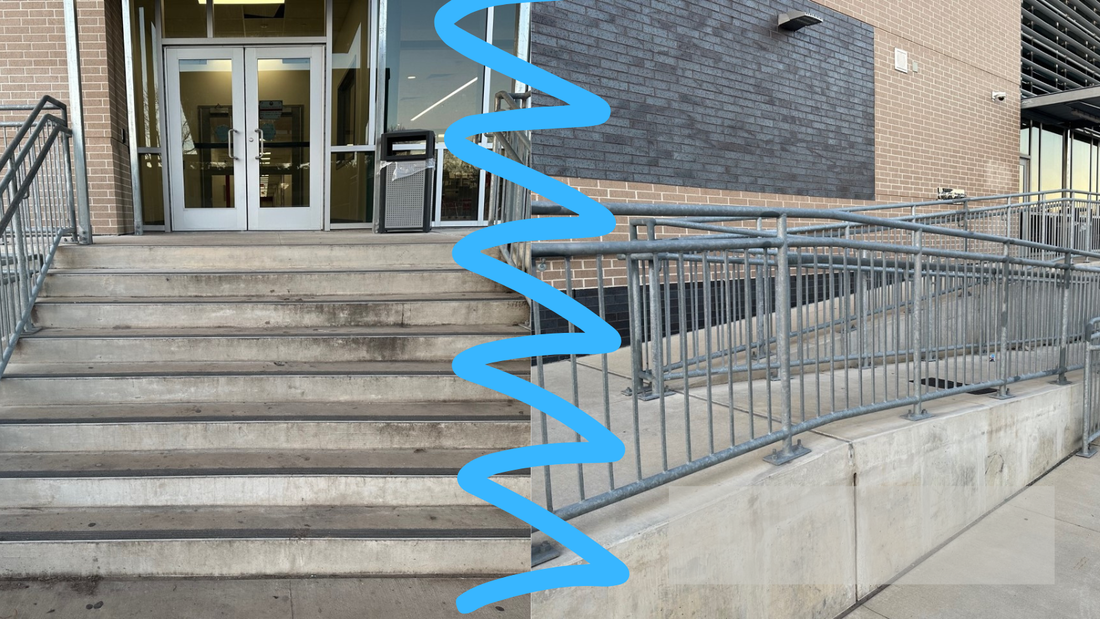

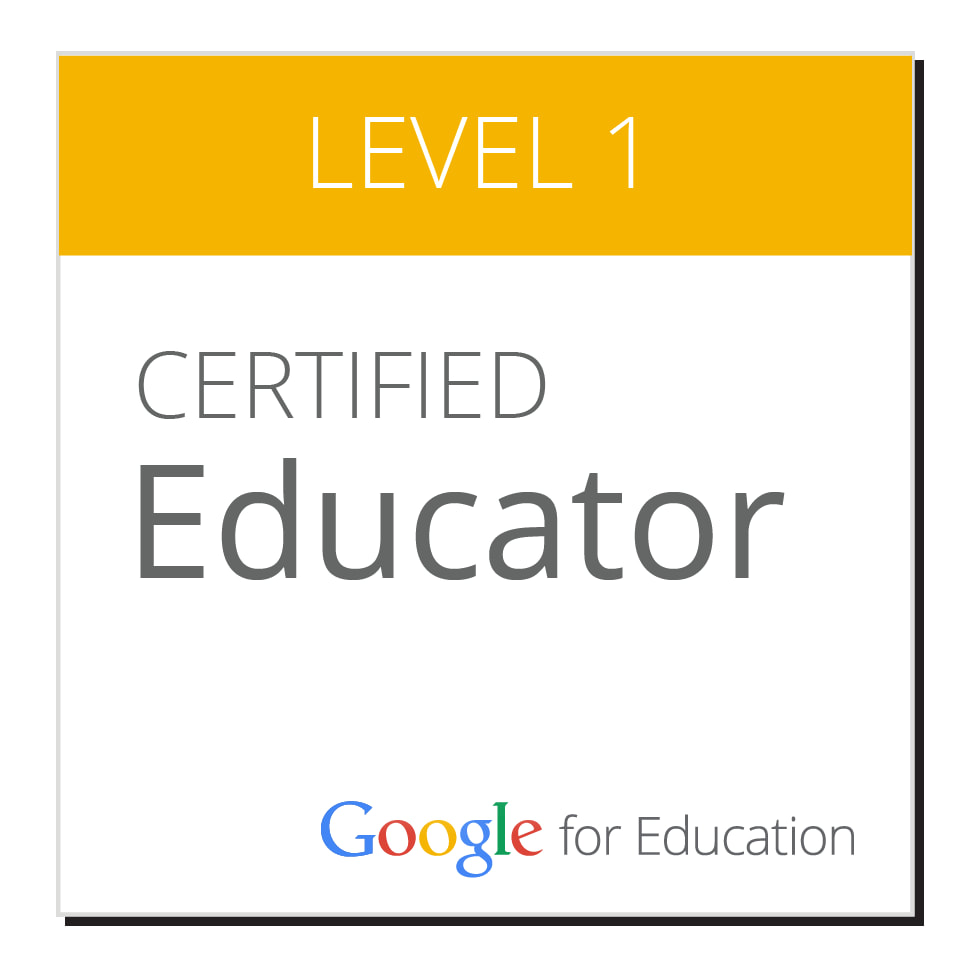
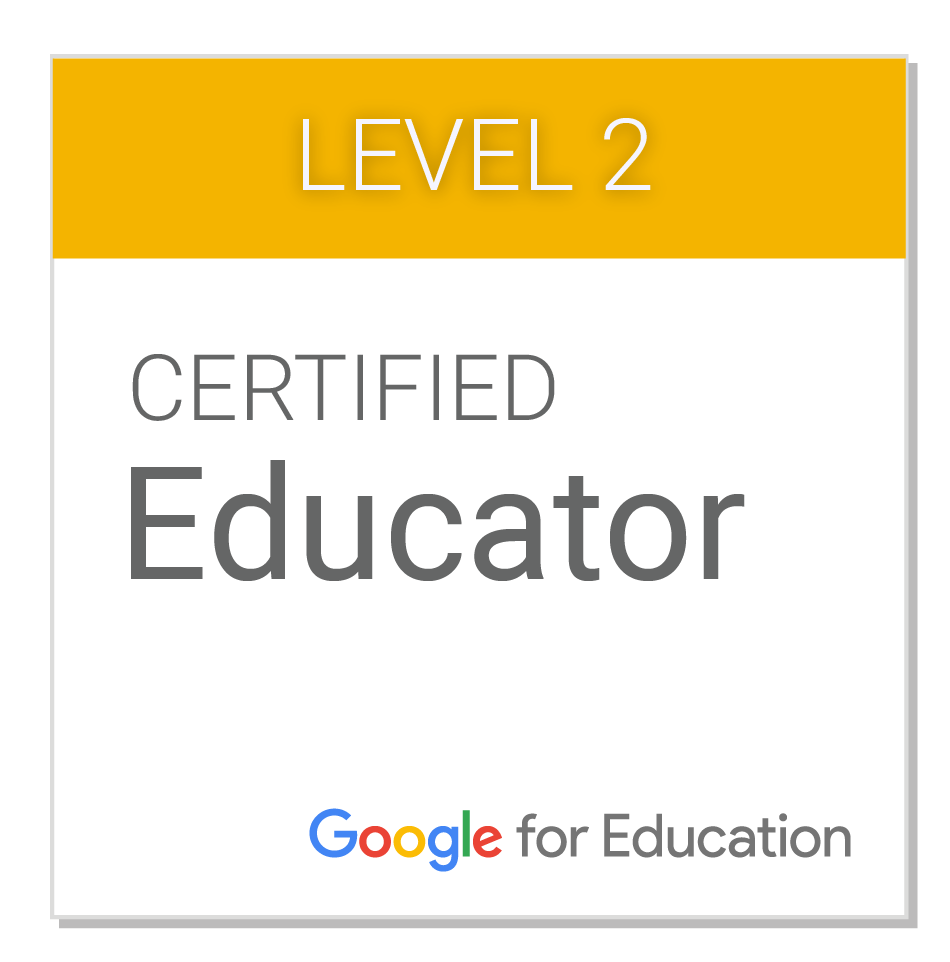
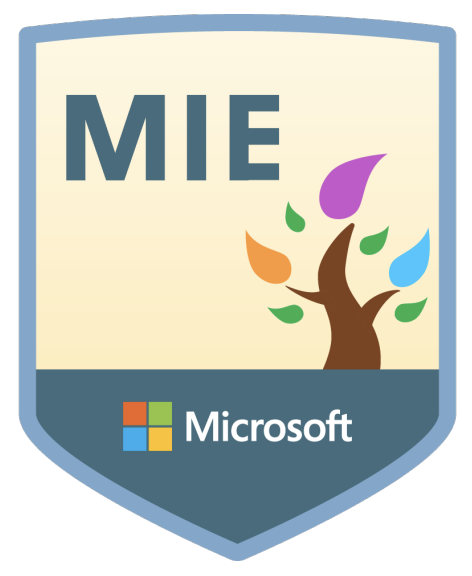
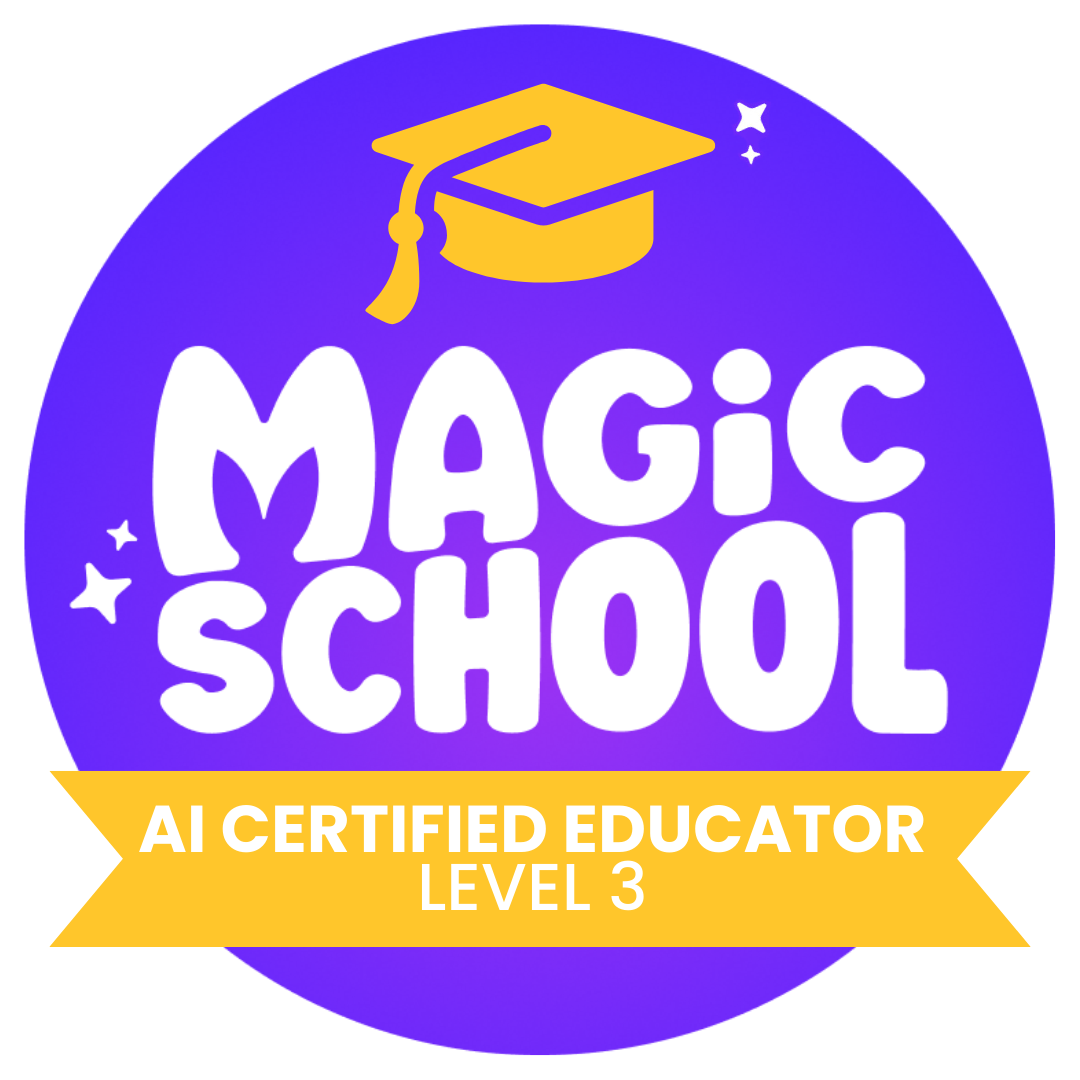

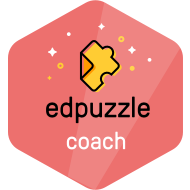
 RSS Feed
RSS Feed
